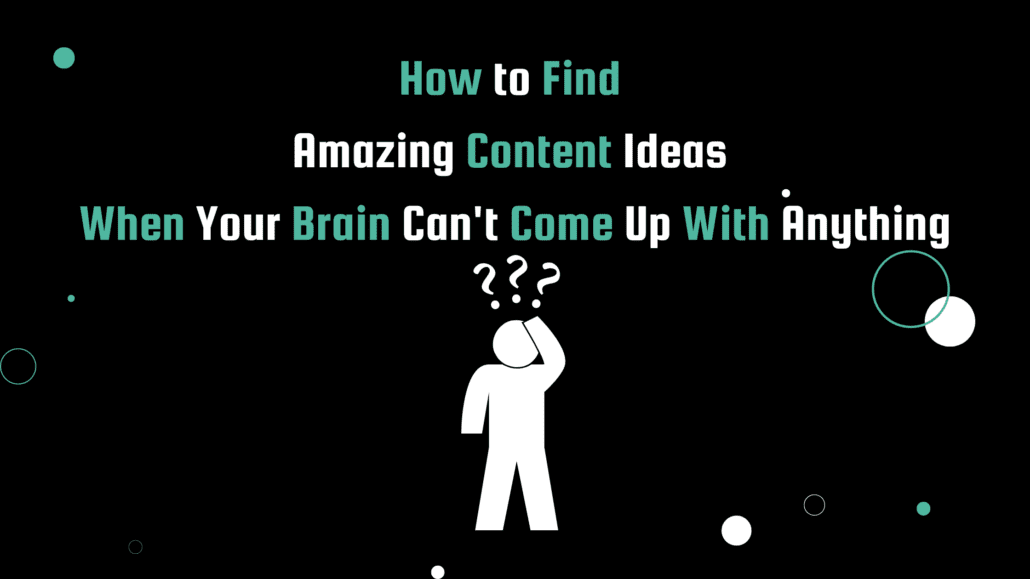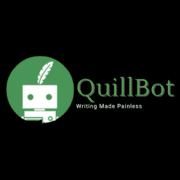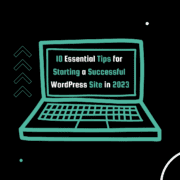How to Find Amazing Content Ideas When Your Brain Can’t Come Up With Anything

Are you staring at a blank screen, desperately waiting for inspiration to strike? We’ve all been there. Coming up with fresh and engaging content ideas can be a daunting task, but fear not! In this comprehensive guide, we’ll explore effective strategies to help you overcome creative blocks and discover amazing content ideas that will captivate your audience.
Understanding the Importance of Content Ideas
Before we dive into the strategies, let’s acknowledge why content ideas are crucial. In the vast ocean of the internet, content is the currency that drives traffic, engagement, and conversions. Exceptional content establishes your authority, builds trust with your audience, and boosts search engine rankings. But to achieve these goals, you must consistently produce fresh, valuable, and compelling content. So, how can you conquer the dreaded creative block and find amazing content ideas?
Let’s find out!
Leverage Social Media
Social media platforms are treasure troves of untapped ideas. Start by following thought leaders and influencers in your industry. Pay attention to the topics they discuss, the questions they answer, and the problems they solve. Engage with their content and take note of the comments and discussions that arise. These interactions can provide valuable insights into your target audience’s interests and struggles.
Let’s say you’re a fitness blogger. You follow influential fitness trainers on Instagram and notice a trend of people asking for tips on staying motivated to exercise. Inspired by these inquiries, you decide to write an article titled “5 Proven Strategies to Stay Motivated on Your Fitness Journey.”
Explore Q&A Platforms
Question-and-answer platforms like Quora and Reddit are goldmines for content ideas. Search for topics related to your niche and look for questions that have a high number of upvotes or engagement. These questions indicate a demand for content that addresses specific concerns. Use them as a starting point for your own content creation.
Imagine you’re a travel blogger. You visit Quora and stumble upon a popular question: “What are some underrated travel destinations off the beaten path?” Intrigued, you decide to create an article titled “10 Hidden Gems: Underrated Travel Destinations That Will Leave You Speechless.”
Conduct Keyword Research
Keywords are the foundation of SEO and can serve as a source of content inspiration. Utilize keyword research tools like Google Keyword Planner, SEMrush, or Ahrefs to identify relevant keywords and their search volume. Look for long-tail keywords, which are more specific and often indicate user intent or problems. These keywords can spark ideas for in-depth articles, tutorials, or guides that cater to your audience’s needs.
As a technology blogger, you want to create content that aligns with your audience’s interests. Through keyword research, you discover a rising search trend for “best productivity apps for remote workers.” Armed with this information, you decide to write a detailed article reviewing the top 10 productivity apps for remote workers, catering to the growing demand.
Analyze Competitor Content
Keeping an eye on your competitors can provide valuable insights into what resonates with your target audience. Explore their websites, blogs, and social media channels to see which topics they cover and how they present the information. While you should never copy their content, analyzing their approach can help you identify content gaps or put your unique spin on popular topics.
Let’s say you run a fashion blog and notice that a competitor recently published an article titled “The Ultimate Guide to Styling Denim Jackets.” While you don’t want to replicate their content, you realize that denim jackets are a hot topic. Instead, you decide to write an article titled “5 Creative Ways to Rock a Denim Jacket: Unconventional Styling Tips for Fashion Enthusiasts.”
Brainstorm with Mind Mapping
When your brain feels stuck, mind mapping can be a powerful technique to generate new ideas. Start by writing down a central theme or topic in the center of a blank page. Then, branch out with subtopics or related ideas. Allow your thoughts to flow freely, without judgment or self-editing. The visual nature of mind mapping can stimulate your brain and unlock creative connections that you may not have considered otherwise.
Let’s say you’re a food blogger struggling to come up with unique recipe ideas. Begin with the central theme of “comfort food” and branch out with subtopics like “pasta dishes,” “casserole recipes,” and “slow cooker meals.” As you expand each subtopic, you start connecting ideas like “Mac and Cheese Stuffed Meatballs” or “Mexican Enchilada Lasagna,” leading to exciting and mouthwatering content ideas.
Draw Inspiration from Everyday Life
Sometimes, the best content ideas are hiding in plain sight. Pay attention to your surroundings, conversations, and personal experiences. Inspiration can strike when you least expect it. Keep a notebook or a digital note-taking app handy to jot down any interesting thoughts, observations, or conversations you come across. These snippets from your everyday life can serve as a starting point for unique and relatable content.
Let’s say you’re a parenting blogger struggling to find new article ideas. While grocery shopping, you overhear a conversation between two parents discussing the challenges of picky eaters. Intrigued, you decide to write an article titled “7 Sneaky Ways to Get Your Picky Eater to Try New Foods,” drawing from your own experiences and the insights shared during the conversation.
Repurpose and Update Existing Content
Sometimes, you don’t need to reinvent the wheel to find amazing content ideas. Take a look at your existing content and identify pieces that can be repurposed, expanded upon, or updated. Maybe you wrote a blog post a year ago that received positive feedback but could benefit from a fresh perspective or additional information. By repurposing and updating your content, you can breathe new life into it and cater to a wider audience.
For example, as a marketing blogger, you revisit an old article you wrote about social media trends from the previous year. Instead of starting from scratch, you decide to update it with the latest trends and statistics, transforming it into a comprehensive guide titled “Social Media Trends: A Complete Guide for [Current Year].”
Engage with Your Audience
Your audience can be a valuable source of content ideas. Encourage them to share their questions, suggestions, and feedback through comments on your blog, social media posts, or email newsletters. Engage with your audience by responding to their comments and inquiries, and use their input as inspiration for future content. This not only ensures that you’re addressing their needs but also creates a sense of community and connection with your audience.
Let’s say you run a podcast about personal finance. You receive an email from a listener asking for advice on how to start investing in the stock market as a beginner. Instead of replying with a brief answer, you decide to create a series of episodes titled “Stock Market Investing 101,” diving deep into the topic and providing step-by-step guidance for beginners based on the listener’s inquiry.
Creating High-Quality Content from Your Ideas
Now that you have a wealth of amazing content ideas, it’s time to turn them into high-quality content that resonates with your audience. Here are some key tips to ensure your content stands out:
Research
Dive deep into your chosen topic and gather reliable information, statistics, and examples to support your ideas. Make sure to use credible sources and fact-check the information to provide accurate and trustworthy content to your audience.
Structure
Organize your content in a logical and coherent manner. Use clear headings, subheadings, and bullet points to enhance readability and make it easy for readers to scan and navigate through your content.
Originality
Infuse your unique voice, perspective, and personal experiences into your content. This will make it authentic and engaging, setting it apart from generic articles on the same topic. Share your insights and stories to create a genuine connection with your audience.
Visuals
Incorporate relevant images, infographics, or videos to enhance the visual appeal of your content. Visuals can help break up the text and make your content more engaging and memorable. Ensure that the visuals you use are of high quality and align with your content.
Proofreading and Editing
Before publishing your content, take the time to proofread and edit it thoroughly. Check for grammar, spelling, and punctuation errors. Ensure that your sentences are clear and concise. A well-edited piece of content reflects professionalism and improves the overall reading experience.
Call to Action
Wrap up your article with a compelling call to action. Encourage readers to apply what they’ve learned, share their thoughts in the comments, or explore related content on your website. This encourages engagement and helps foster a sense of community around your content.
By implementing these strategies, you can create high-quality content that not only attracts your audience but also keeps them coming back for more.
Wrapping Up
In conclusion, finding amazing content ideas is a journey that requires creativity, research, and understanding your audience’s needs. By leveraging social media, Q&A platforms, keyword research, competitor analysis, and drawing inspiration from everyday life, you can overcome creative blocks and unlock a wealth of captivating content ideas. Remember to engage with your audience, repurpose existing content, and take breaks to recharge your creative energy. With these tools in your arsenal, you are well-equipped to create exceptional content that captivates and resonates with your audience. Happy content creation!











Leave a Reply
Want to join the discussion?Feel free to contribute!